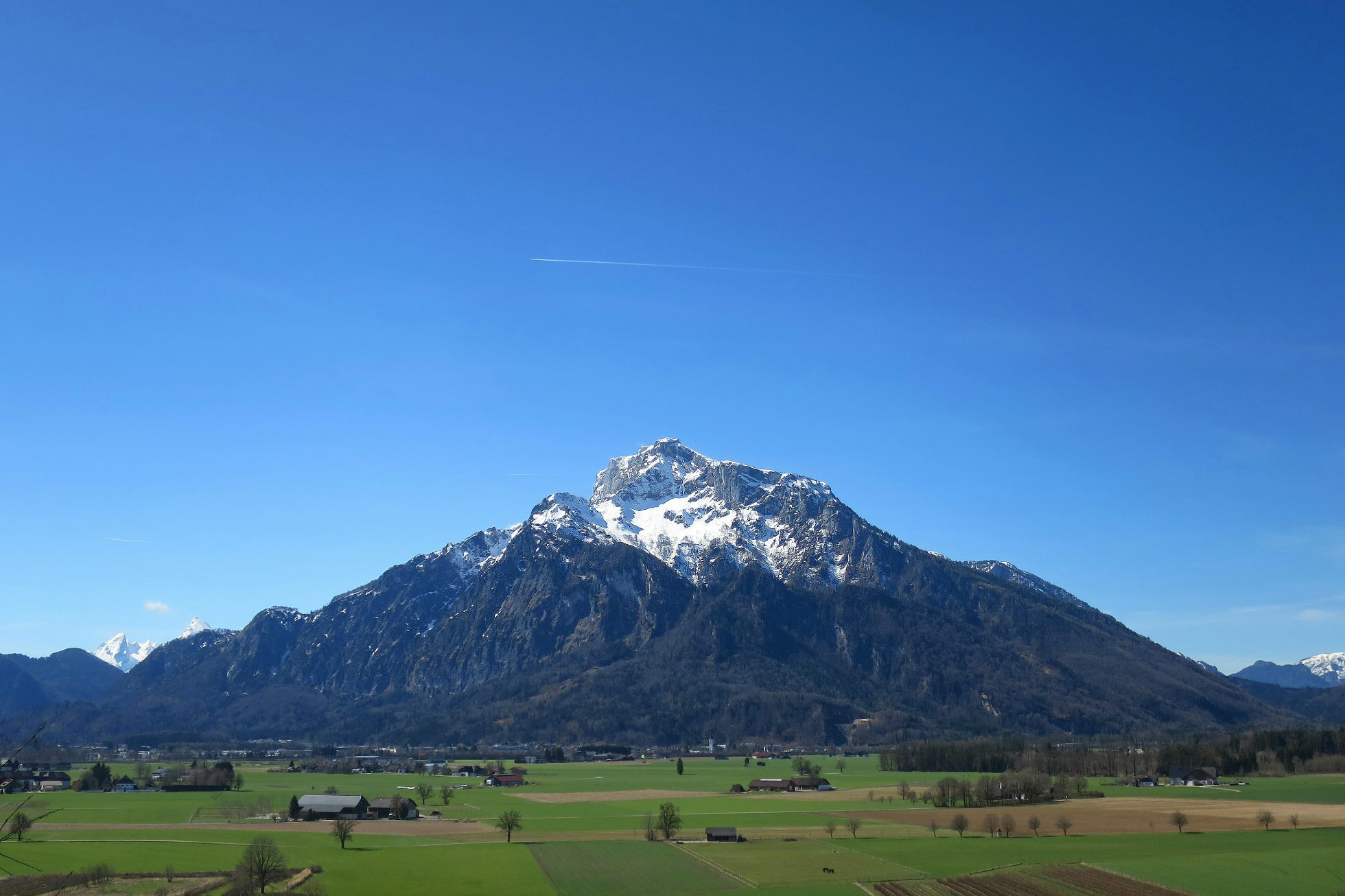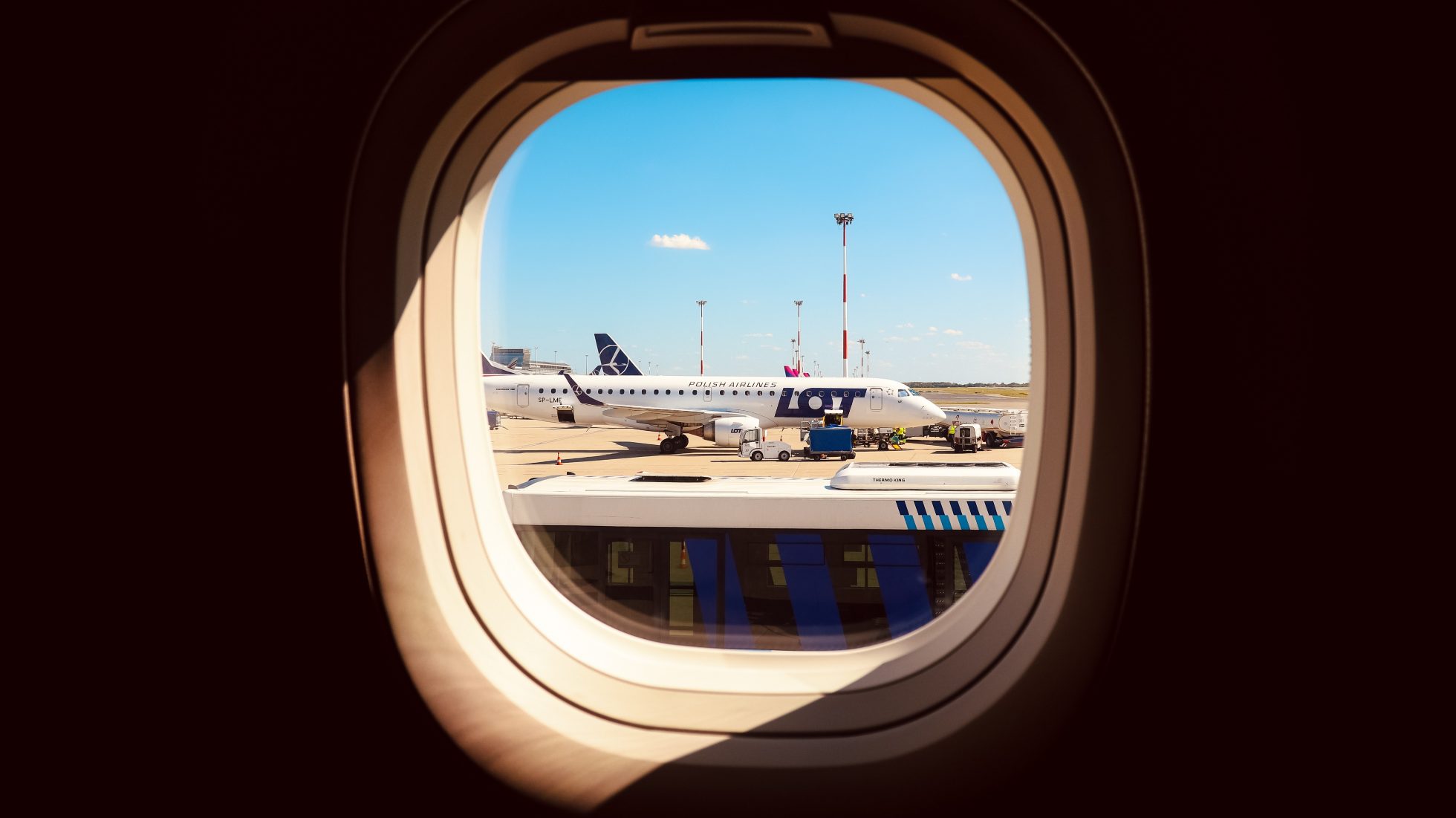What is the white contrail behind an aircraft?
🕗 5 minutes | July 12, 2024 | Text Mateusz Łapuć

Have you ever looked up at the sky and seen white trails forming behind an aircraft? After a while, they begin to fade until they disappear completely. Have you ever wondered what they are, how they form, and why they are visible? These are aircraft contrails, and you’ll find the answers to these questions in our article — let’s dive in!
✅ In this article, you’ll learn:
- What the white trail behind an aircraft is.
- How contrails form and what conditions must be met.
- What the streaks near an aircraft’s wings are.
Aircraft contrails – what are they?
The long, white streaks visible in the sky are aircraft contrails—an everyday and natural phenomenon. They form as a result of the condensation of water vapour in engine exhaust gases at high altitudes, within the upper layers of the troposphere and the lower stratosphere.
Contrails typically appear between 7 and 15 kilometres (23,000–50,000 feet) above the Earth’s surface. These white trails are entirely natural, resulting from physical processes occurring at high cruising altitudes.
How do contrails form?
Contrails form due to the condensation of water vapour in the atmosphere. When an aircraft flies at high altitude, it releases exhaust gases containing water vapour into the cold surrounding air. As this vapour mixes with the cold air, it reaches supersaturation, condenses, and freezes, forming tiny ice crystals. These ice crystals create visible contrails, which can persist for varying durations depending on atmospheric conditions.

What are contrails made of?
Now that you know how contrails form, let’s look at their composition. The primary component of aircraft contrails is water vapour, which comes from engine exhaust. Other elements present in contrails include trace amounts of carbon dioxide (CO₂) and nitrogen oxides (NOₓ). However, their concentrations are usually much lower than emissions from ground-based sources.
How long do contrails last?
The lifespan of contrails depends on temperature, humidity, and wind conditions at high altitudes. Over time, contrails can become indistinguishable from natural cirrus clouds.
Short-lived contrails
Contrails dissipate quickly when humidity is low, temperatures are higher, and strong winds are present. These factors prevent condensation from sustaining the ice crystal formation, causing the contrail to fade within minutes.

Persistent contrails
In contrast, long-lasting contrails indicate high humidity and low temperatures, which favour the longevity of the phenomenon.
Contrails that persist for more than 10 minutes have even been classified by the World Meteorological Organization (WMO) as a type of human-made cloud: Cirrus homogenitus. Under certain conditions, persistent contrails can spread due to wind currents, transforming into another cloud type, Cirrus homomutatus.
How atmospheric conditions affect contrails
Several atmospheric factors influence how long contrails remain visible:
- Humidity and contrails – The higher the humidity, the longer contrails last.
- Aircraft traffic and contrails – More flights at high altitudes result in more contrail formation.
- Temperature and contrails – Lower temperatures lead to longer-lasting contrails.
Do contrails from passenger aircraft pose any risks?
The white trails left behind aircraft have sparked curiosity and concern over their impact on the climate and environment. However, contrary to some claims, contrails are not harmful chemical substances and do not pose a direct threat to human health.

How aviation influences contrail formation
The frequency and intensity of contrails depend on the number of flights and their cruising altitudes. As air traffic increases, so does the number of contrails, which may contribute to climate change by trapping heat in the atmosphere.
The aviation industry is actively working on reducing emissions and developing more fuel-efficient engines to minimize contrail formation and its environmental impact.
Contrails near aircraft wings – what are they?
Contrails don’t just form behind jet engines—they can also appear near an aircraft’s wings.
This phenomenon, sometimes referred to as contrail cousins, occurs due to a rapid decrease in air pressure near the wing tips, which leads to a temperature drop and water vapour condensation. These short-lived contrails disappear quickly as pressure equalizes.

Are contrails harmful? Their impact on the climate
While contrails do not directly affect human health, they can influence the Earth’s energy balance.
By forming artificial clouds, contrails may trap heat in the atmosphere or reflect sunlight back into space, impacting global temperatures over time. For this reason, scientists and the aviation industry continue to develop cleaner fuels and more efficient engines to mitigate contrail-related climate effects.
Chemtrail conspiracy theories – is there any truth to them?
Some believe that the white trails seen in the sky are not a natural atmospheric phenomenon but deliberate chemical dispersions.
However, scientific research confirms that contrails result from engine exhaust mixing with cold air, leading to water vapour condensation and ice crystal formation. They are not so-called “chemtrails” or artificially dispersed substances.
Conclusion
As you can see, contrail formation and longevity depend on humidity, temperature, and wind conditions. Depending on these factors, contrails can dissipate quickly or evolve into cirrus clouds. Next time you look up at the sky, you’ll know exactly what contrails are, how they form, and why they appear.






.coreimg.jpg/1709561146352/boeing-737-max-winglet (2).jpg)


